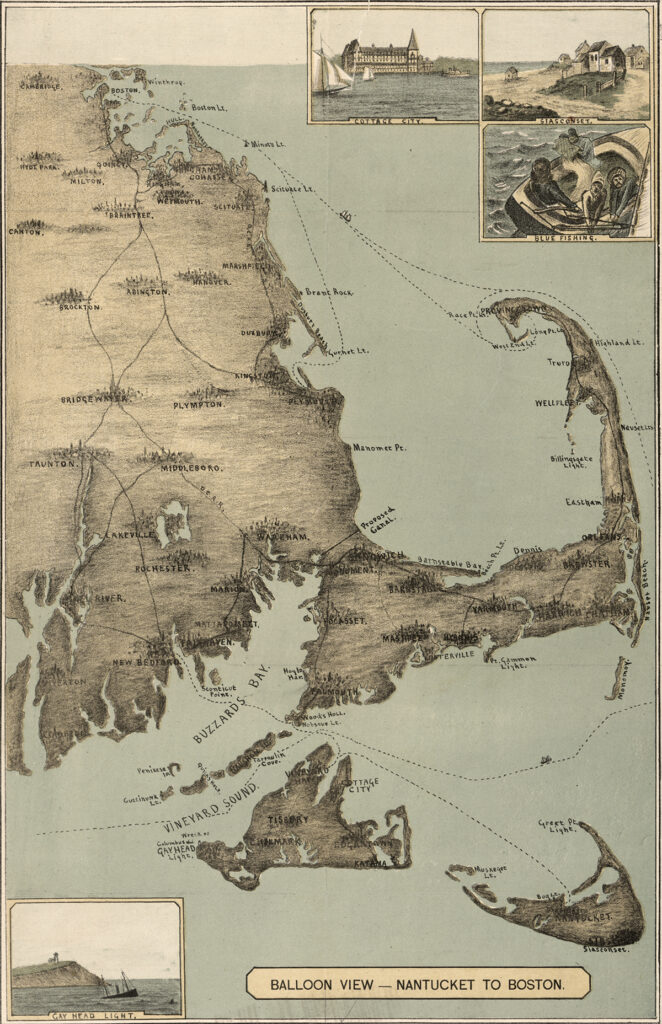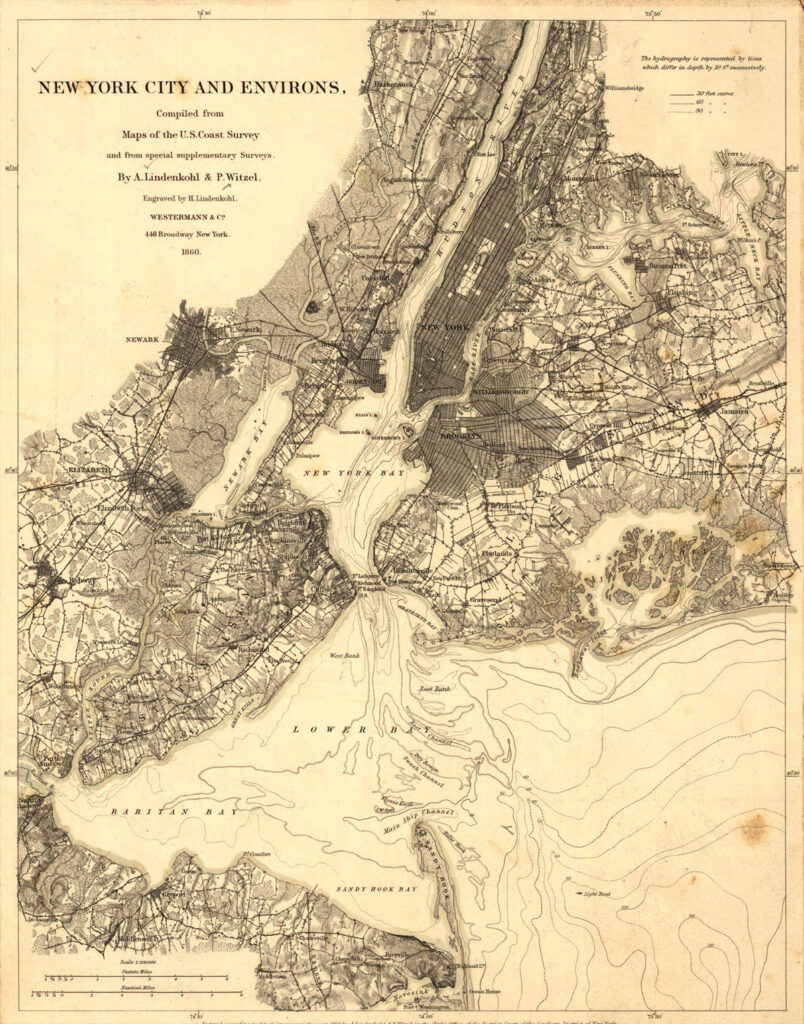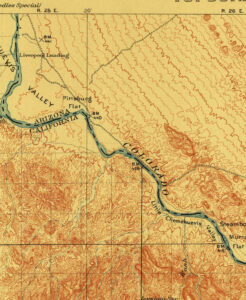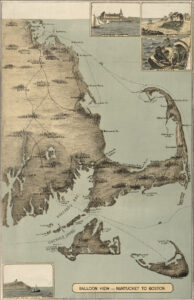| Title | Description | Keywords | DLESE (external link)Description |
|---|---|---|---|
| For Grades K-12 | |||
| Mission Geography (external link) |
These curriculum support materials link the content, skills, and perspectives of Geography for Life: The National Geography Standards with the missions, research, and science of the National Aeronautics and Space Administration (NASA). | K-4: Maps, physical and human landscapes, population distribution, satellite perspective. 5-8: Volcanic aerosols, Mars – Earth comparison, human footprint, environmental change, urban heat island, “geo-archeology”. 9-12: Water resources, Chesapeake Bay, Aral Sea, Nile, southwest US snow, climate change |
read DLESE summary (external link) |
| Landsat Math | These math activity worksheets – organized by math skills involved – explore the modern technology, science and application of Landsat and Remote Sensing. They are a subset of a larger collection of Math problems by Dr. Sten Odenwald.Credt: Space Math @ NASA | 3-4: Patterns, geometry, graph analysis 4-6: Technology, scale drawings. 6-8: Technology, scale drawings, time, speed, unit conversion, geometry, graph analysis, modeling, percentages. 6-9: Averages, unit conversions, percentages. 9-12: Averages, unit conversions, percentages, geometry, fractions, solving for X, scientific notation, graph analysis, evaluating functions. |
N/A |
| For Grades K-4 | |||
| The Adventures of Amelia the Pigeon | Teacher’s Guide, classroom activities, and a book support student mapping skills, understanding of perspective, and animal habitats; and provide a basic introduction to remote sensing. | introduction to remote sensing; mapping, perspective, neighborhoods; shapes, patterns, and colors; habitat, New York City | read DLESE summary (external link) |
| For Grades 5-8 | |||
| Echo the Bat | Teacher’s Guide, classroom activities, and a book enable students to learn about remote sensing. They use satellite images to help them find Echo, who has been separated from his mother. | remote sensing, electromagnetic spectrum, light, radiation, color, biodiversity, ecology, habitat, Arizona | read DLESE summary (external link) |
| Finding Impact Craters with Landsat | Students learn about the effects of impacts on the land, atmosphere, water, and living things, then determine whether or not a set of satellite images represents actual craters or other landforms. | impact crater, landform | read DLESE summary (external link) |
| Spuzzled | Students put pieces of puzzles together to make Landsat satellite images. | game, satellite images, puzzles | N/A |
| Yellowstone Fires (external link) |
Using the problem-based learning approach, students decide whether or not to allow naturally-caused fires in national parks to burn to their natural conclusion. | fire, drought, national park | read DLESE summary (external link) |
| Third from the Sun (external link) |
A self-guided introduction to seeing Earth from space helps students to understand that special perspective and its history, and features Landsat in particular. | history, perspective, landforms | N/A |
| For Grades 5-8 and 9-12 | |||
| Tracking Change Over Time | A USGS publication that explains remote sensing basics and introduces users to Landsat data and the MultiSpec image processing software. Using the free MultiSpec program, students can track changes to the landscape over time. | land use, land cover change, remote sensing, geography, map reading, earth science | N/A |
| The GLOBE Program, Land Cover/Biology Chapter | Students follow scientific protocols and instructions to determine land cover type and to make other field-based observations. Chapter provides related classroom activities, teacher support. | land use, land cover change, land cover mapping, tree identification, dominant and co-dominant vegetation | read DLESE summary (external link) |
| Landsat 7 Data Subsets for use with MultiSpec™ (free software) |
Full Landsat scenes are very large files. This Web site provides subsetted scenes of interesting cities and natural areas around the world. | multispectral data, MultiSpec™ | read DLESE summary (external link) |
| Blight! (Event-based Science)(external link) | Students identify the environmental factors that can lead to a serious drought, and write a report on their findings, with a particular focus on agricultural consequences. | causes of drought, agriculture | read DLESE summary (external link) |
| Rift Valley Fever (Exploring the Environment) (external link) |
Using the problem-based learning approach, students determine the nature and transmission of the Rift Valley fever virus and how it is spread DLESE report. | epidemiology, Rift Valley fever virus, Kenya | read DLESE summary (external link) |
| Tropical Poison (Exploring the Environment) (external link) |
Using the problem-based learning approach, students determine whether or not biodiversity is being lost by human activities conducted for economic growth. | rainforest, biodiversity, economic growth, medical research, deforestation | read DLESE summary (external link) |
| Mountain Gorilla (Exploring the Environment) (external link) |
Using the problem-based learning approach, students evaluate the social, economic, and environmental factors affecting the survival of mountain gorillas in Rwanda. | mountain gorilla, wildlife | read DLESE summary (external link) |
| Quantifying Changes in the Land Over Time (PDF = 1.2 Mb) |
Students analyze land cover change in order to help them grasp the extent, significance, and consequences of land cover change; and to introduce them to the perspective of space-based observations. | land use change, impervious surfaces, urban growth | N/A |
| For Grades 9-12 | |||
| Annotating Change in Satellite Images (Earth Exploration Toolbook) (external link) |
Students examine a series of Landsat images from 1988, 1992, and 1995 showing an area of rapid urbanization in southeast Asia, then use image processing software to make a map documenting how human activities have changed the coastline over time. | human affects on land cover change, urbanization | N/A |
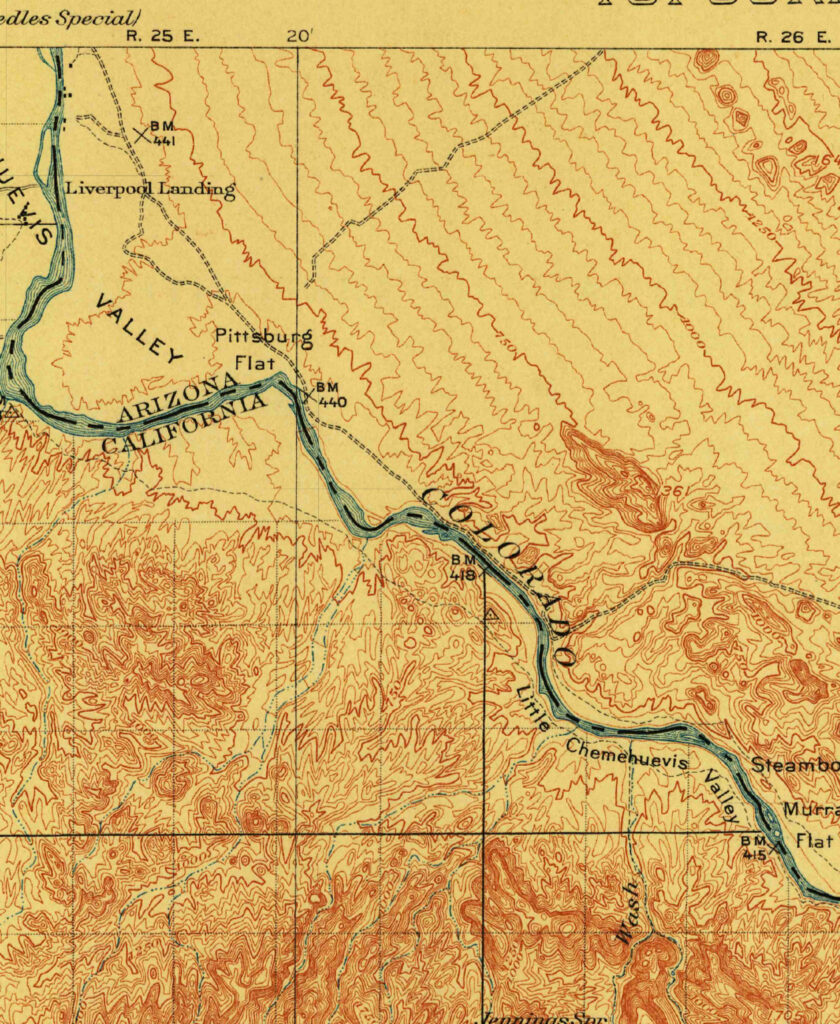
Creating an Oasis in the Desert: Lake Havasu City, Arizona, 1911
Parker Dam was constructed on the California-Arizona border on the lower Colorado River during the 1930s, as part of a project to employ people during the Great Depression, to generate electricity, and to provide water that could be pumped into aqueducts for agricultural, industrial, and residential use in other parts of Arizona.

